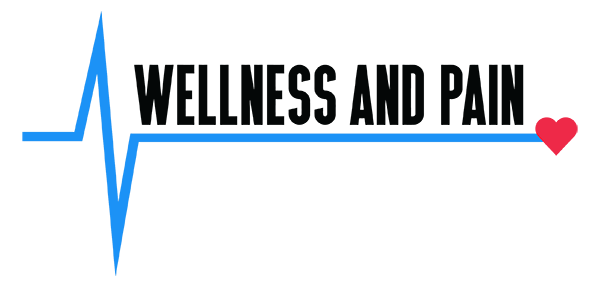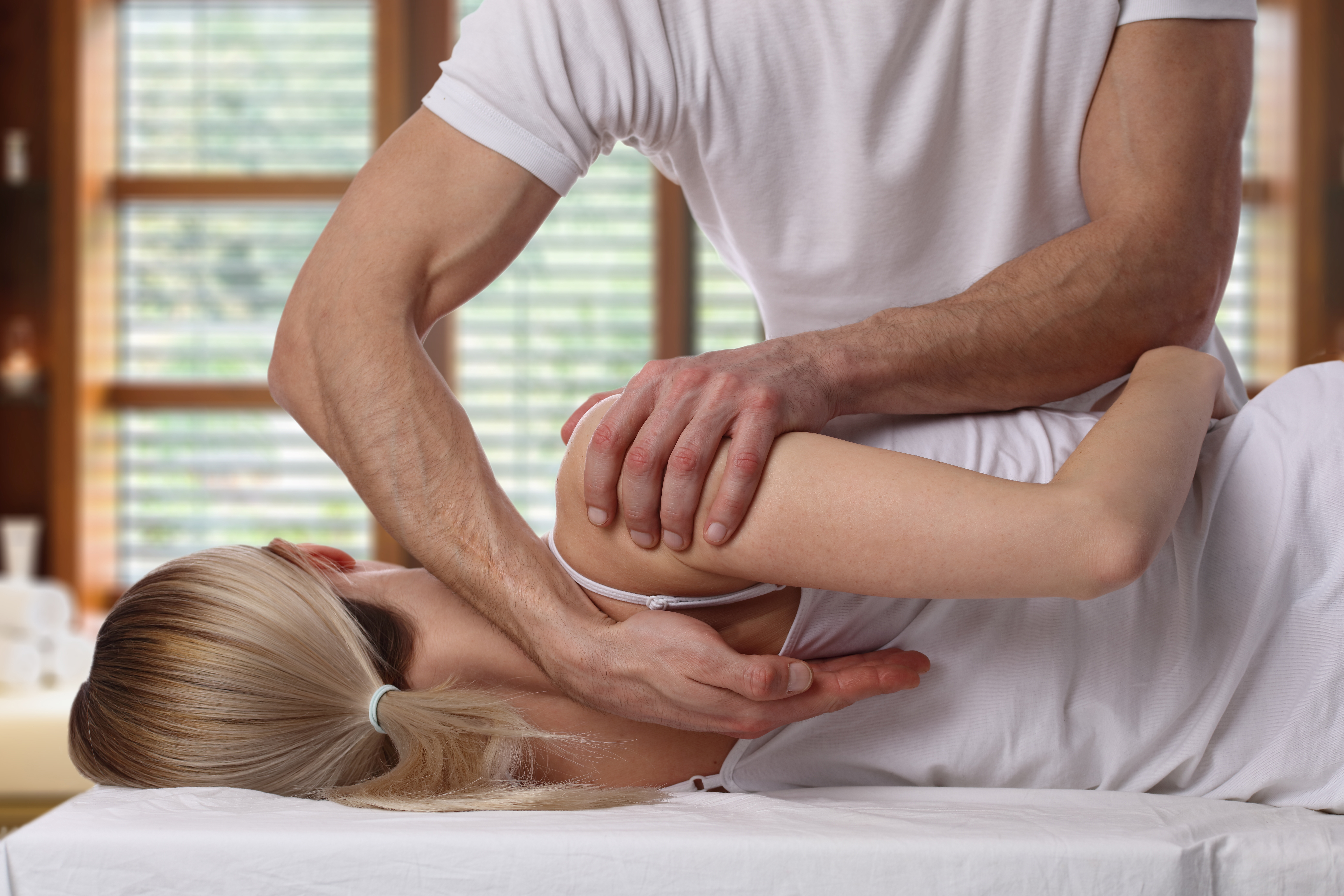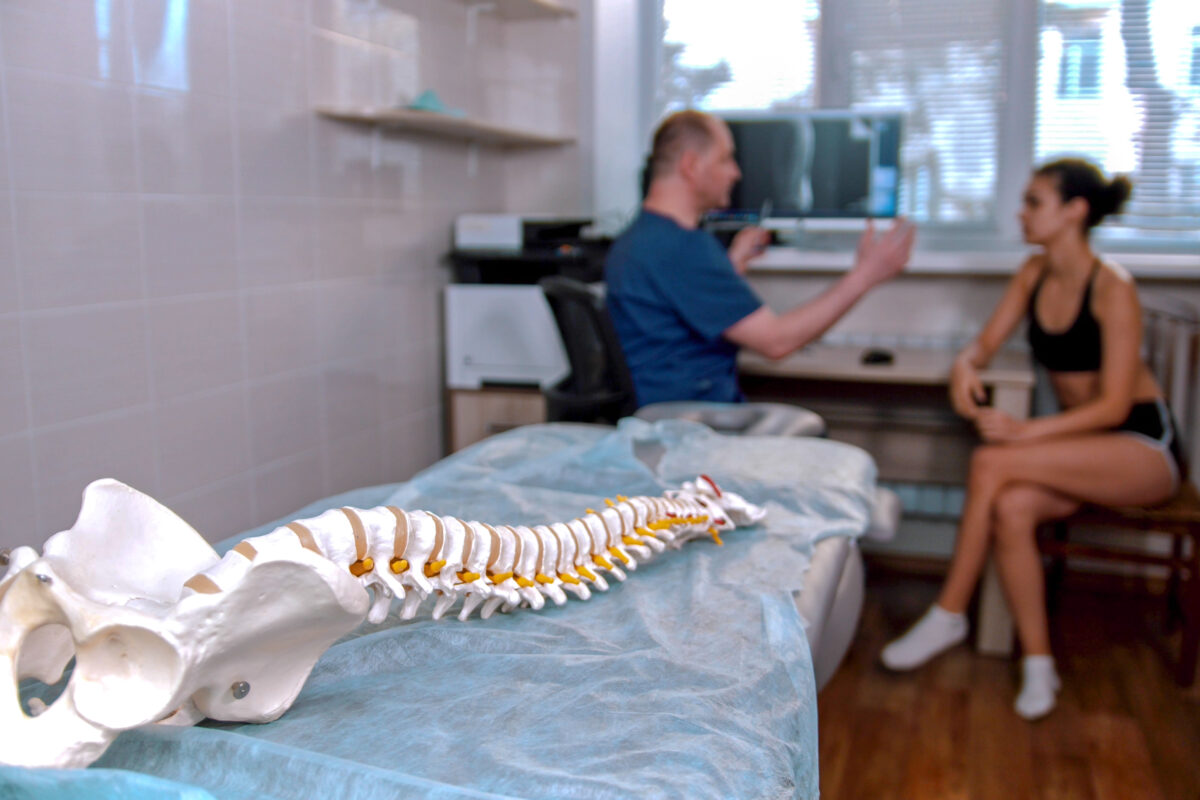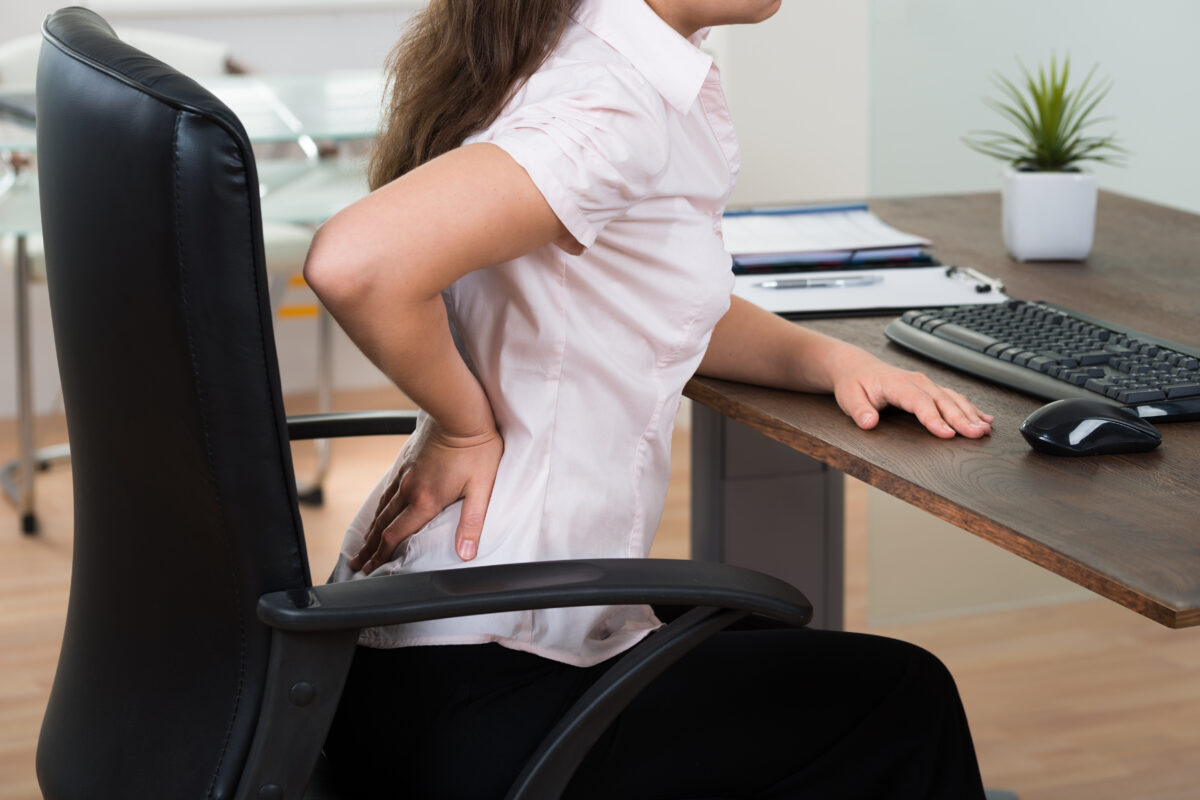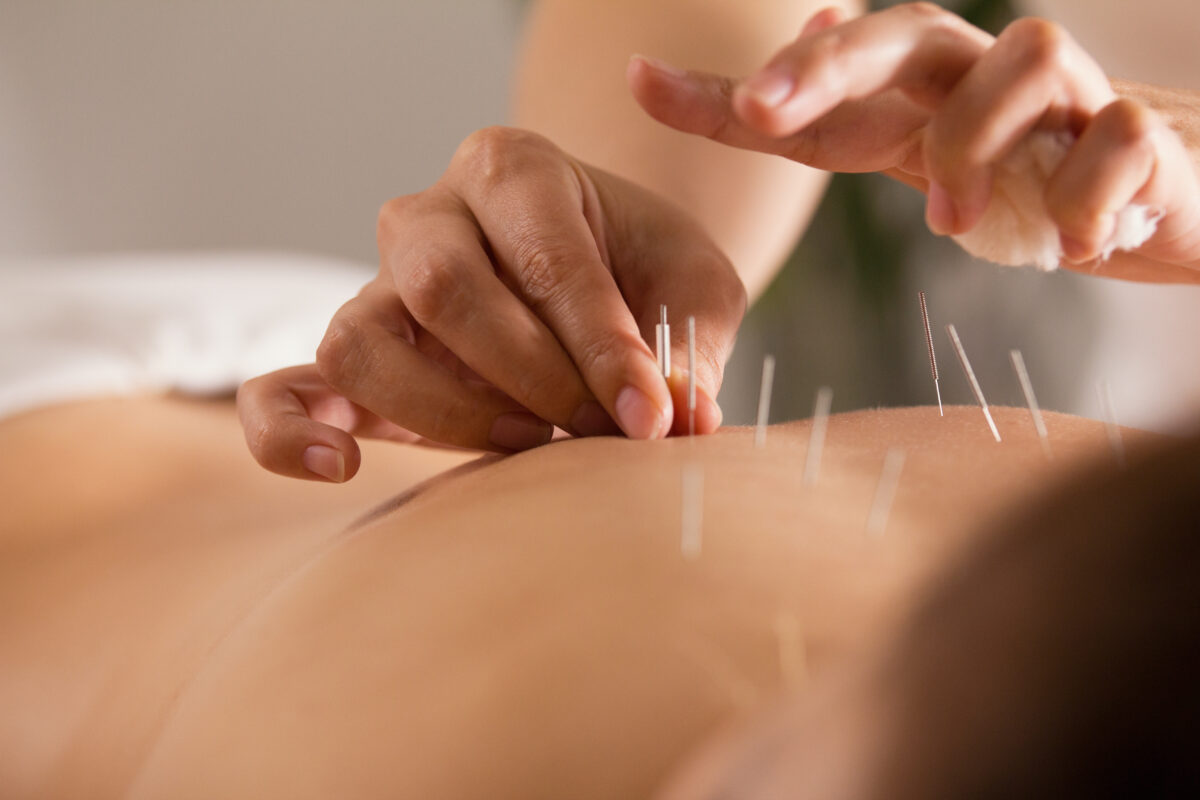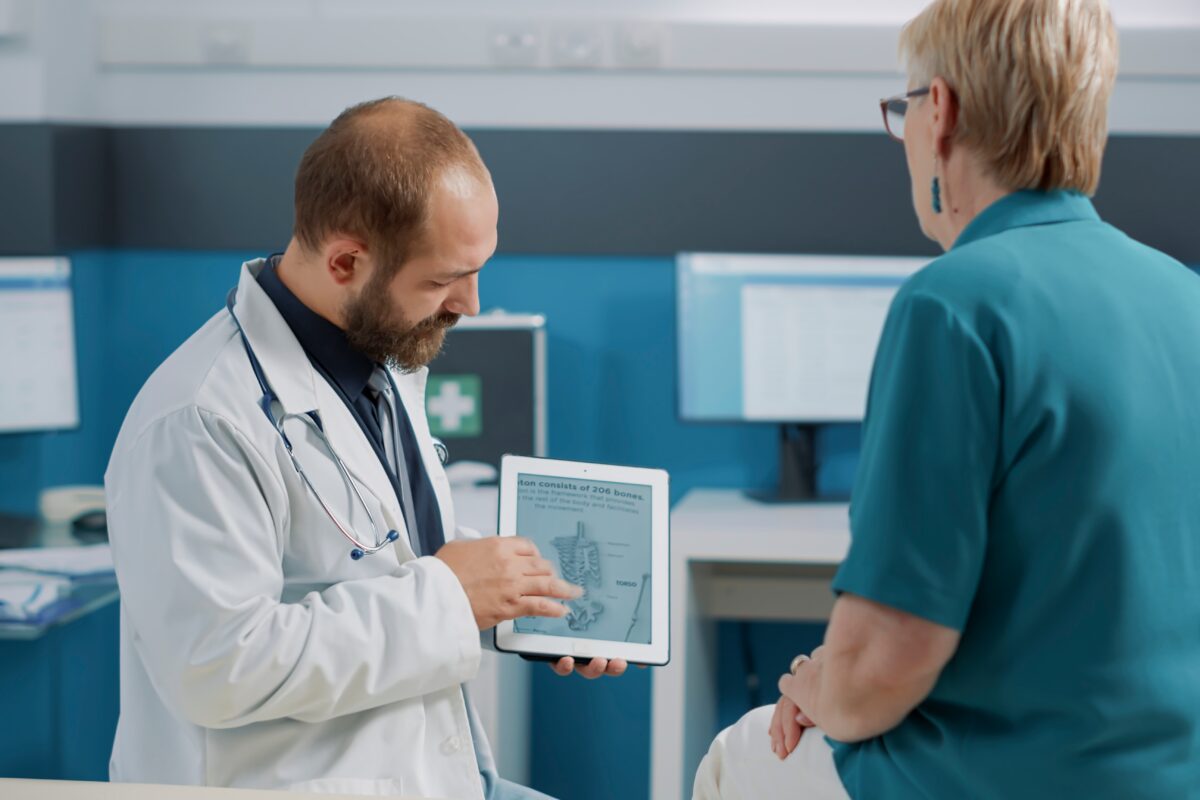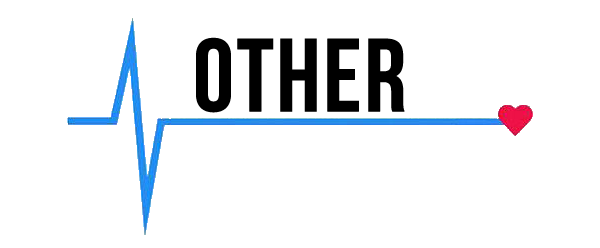Chiropractic Care for Back Pain: The Effective Treatment for Patients
Chiropractic care for back pain focuses on the diagnosis and treatment of musculoskeletal disorders, particularly those affecting the spine. It’s based on the belief that proper alignment of the musculoskeletal structure allows your body to heal itself. This also assumes no need for medication or surgery.
Back pain can be a persistent and debilitating issue for many individuals. Whether it’s caused by poor posture, muscular imbalances, or underlying conditions, finding effective relief can feel lifesaving.
“The most obvious cause of back pain is a pulled muscle or ligament,” according to Health Digest. This is true especially if you lift something improperly or are out of shape. “But as the National Institute of Neurological Disorders and Stroke revealed, the list of other possible causes is vast.” It ranges from injury to congenital, degenerative, nerve, and spinal cord problems.
Fortunately, chiropractors use various techniques, including spinal adjustments, to restore alignment, improve mobility, and alleviate back pain.
Effectiveness of Chiropractic Care for Back Pain
How can chiropractic care for back pain be effective for specific types of spinal pain issues?
Chiropractors focus on the musculoskeletal system and nervous system, believing that imbalances in these systems can contribute to back pain. Their primary treatment method is spinal manipulation, also called a chiropractic adjustment.
This involves a controlled thrust applied to a joint in the spine to improve its range of motion and function. Chiropractic manipulation involves gently moving joints along the spine prior to adjusting them. If a joint isn’t moving properly, your chiropractor will detect restrictions in that area.
A locked joint can cause inflammation, pain, stiffness, and disrupt nerve function. You may experience symptoms of nerve obstruction in your arm or leg. That’s because your entire body is connected to your vertebrae through nerves. Body tissues may not be receiving nerve transmissions they need to function properly.
When your chiropractor aligns your spine, nerve flow is restored, resulting in less pain and stiffness. Realignment may take one or several adjustments depending on the condition of your spine before treatment. In most cases, the adjustment involves lying on a specially designed table in a specific position.
Chiropractors also use specialized tools to align your vertebrae, applying pressure directly to them. A specialist will apply very precise compression and thrusts to your joints to restore functional movement.
After receiving a chiropractic adjustment, many patients experience pain relief throughout their entire body. Misaligned vertebrae may occasionally be tender after an adjustment, but adjustments rarely cause pain. As with exercise, minor soreness may occur after treatment.
Two Main Types of Back Pain: Know Which One
How does chiropractic care for back pain differ between patients and their unique conditions?
Acute and chronic low back pain are usually more complex than you realize.
- Acute low back pain. Spinal manipulation appears to be effective for reducing pain and improving function in patients with acute low back pain. This is pain in the lower back that develops suddenly and typically lasts for less than six weeks. Symptoms may feel sharp, dull, or achy. Some patients report difficulty standing straight or bending over. You might also feel muscle stiffness or spasms, and sometimes pain radiates to your buttocks or thighs.
- Chronic low back pain. The evidence regarding the effectiveness of chiropractic care on chronic low back pain is mixed. Chronic pain lasts for longer than 12 weeks. Symptoms include persistent issues in your lower back and stiffness, making it difficult to move or bend. Muscle fatigue and radiating pain to your lower extremities may also impact daily life.
Whether it’s degenerative disc disease, spondylosis, spinal stenosis, facet joint arthritis, or stress, pain oftentimes falls into these two categories.
Chiropractic Care for Back Pain: Things to Consider
For those seeking chiropractic care for back pain, your condition impacts your quality of life every day.
Just know that it can also be associated with comorbidities and higher mortality risks according to the World Health Organization. Individuals experiencing chronic lower back pain are more likely to prematurely exit the workforce and accumulate less wealth for retirement.
“At the same time, older people are more likely to experience adverse events from interventions,” it states. This fact reinforces the importance of tailoring care to the needs of each person. “Addressing pain among older populations can facilitate healthy ageing so they have the functional ability to maintain their own wellbeing.”
Low back pain is the leading cause of disability globally, the report says. In 2020, approximately one in 13 people, equating to 619 million individuals, experienced low back pain, a 60 percent increase from 1990. Cases are expected to rise to 843 million by 2050.
“The impacts and costs associated with lower back pain are particularly high for people who experience persistent symptoms,” it adds. “Pain for more than three months that’s not due to an underlying disease accounts for 90 percent of cases.”
Strains, Sprains, Disc Herniations, and More
How is chiropractic care for back pain related to muscle strains, tears, and herniated discs?
Muscle strains and tears are the most common cause of acute low back pain. It can happen from lifting heavy objects, improper lifting techniques, or sudden movements.
Ligament sprains and disc herniations are also to blame. Ligaments connect bones to each other, so spraining a ligament in your back can cause pain and stiffness. Discs provide a cushion between your vertebrae. If the outer part tears, the soft inner part can bulge out, irritating nearby nerves and causing pain.
The solution to these pains is even more interesting. A chiropractor can manipulate your spine using dozens of techniques. Despite the nuances of each style, the core principle remains the same. Controlled force is applied to restore mobility, alignment, and function.
There are, however, gentler approaches. Using minimal pressure, your chiropractor may use smooth, mild, and precise-force positioning to restore your joint’s motion. Forceful chiropractic adjustments can be uncomfortable for patients who are sensitive. In some sensitive cases, patients enjoy low impulses applied to their spines through a spring-loaded instrument.
Another technique is stretching your spine, creating space between your vertebrae. This is followed by a thrust to restore proper alignment. This benefits patients suffering from pinched nerves or disc herniations.
Lastly, some chiropractors use a drop-table with a sectional divide that can tilt. This provides the ideal environment for making hyper-targeted spinal adjustments.
Your pain may require a multidisciplinary approach, combining various therapies. While chiropractic care is optimal, don’t rule out physical, behavioral, and alternative therapies.
Treating Underlying Causes with Chiropractic Care for Back Pain
What do underlying health conditions say about your body and chiropractic care for back pain?
In addition to improving mobility and flexibility, chiropractic therapy reduces pain flare-ups, letting many patients avoid painkillers. Rather than treating the immediate and direct symptoms of back or neck pain, chiropractic care targets the underlying cause.
Besides quality chiropractic care and attention, healthy modifications to your lifestyle are also recommended. These include maintaining a healthy weight, exercising, hydrating, wearing low-heeled shoes, stretching, and avoiding extended periods of sitting.
- Maintaining a healthy weight: excess weight puts extra stress on your spine.
- Practicing good posture: proper posture can help reduce strain on the back muscles.
- Regular exercise: staying active strengthens core muscles and improves flexibility.
- Ergonomics: setting up your workspace and home environment ergonomically can minimize strain on your back.
- Stress management: Techniques such as meditation and relaxation exercises can help manage stress, which can worsen pain.
Remember, early diagnosis and treatment are crucial for managing chronic low back pain effectively. Consult with a pain management specialist to determine the underlying cause of your pain and develop a personalized treatment plan.
Wellness and Pain Can Help
Find your chiropractic care for back pain by visiting Wellness and Pain. We offer conservative treatments, routine visits, and minimally invasive quick-recovery procedures. We can keep you free of problems by providing lifestyle education and home care advice to help you avoid and manage issues, quickly relieving your inhibiting lifestyle conditions when complications arise.
At Wellness and Pain, we personalize patient care plans based on each patient’s condition and unique circumstances to improve wellness, increase mobility, relieve pain, and enhance your mental space and overall health.
Book an appointment today and learn more about what we can do for you!

